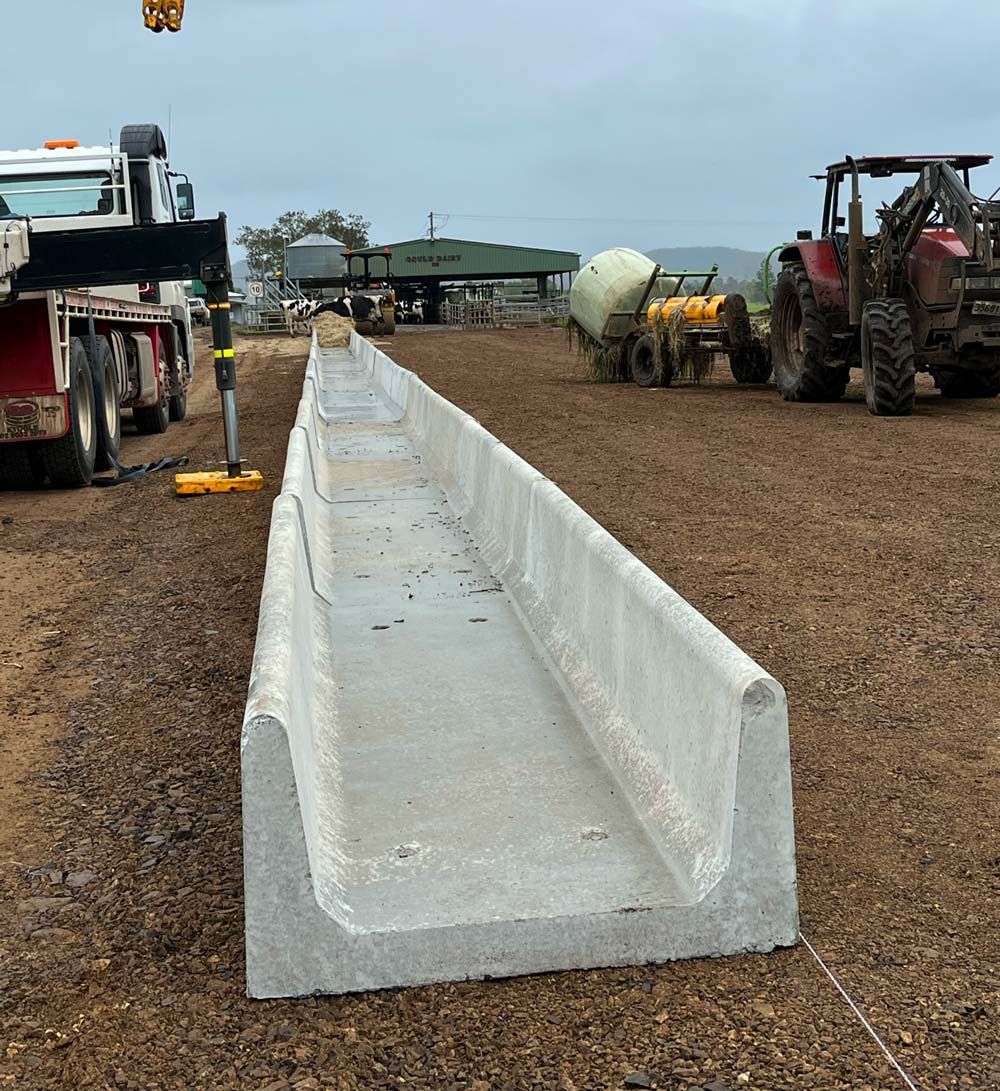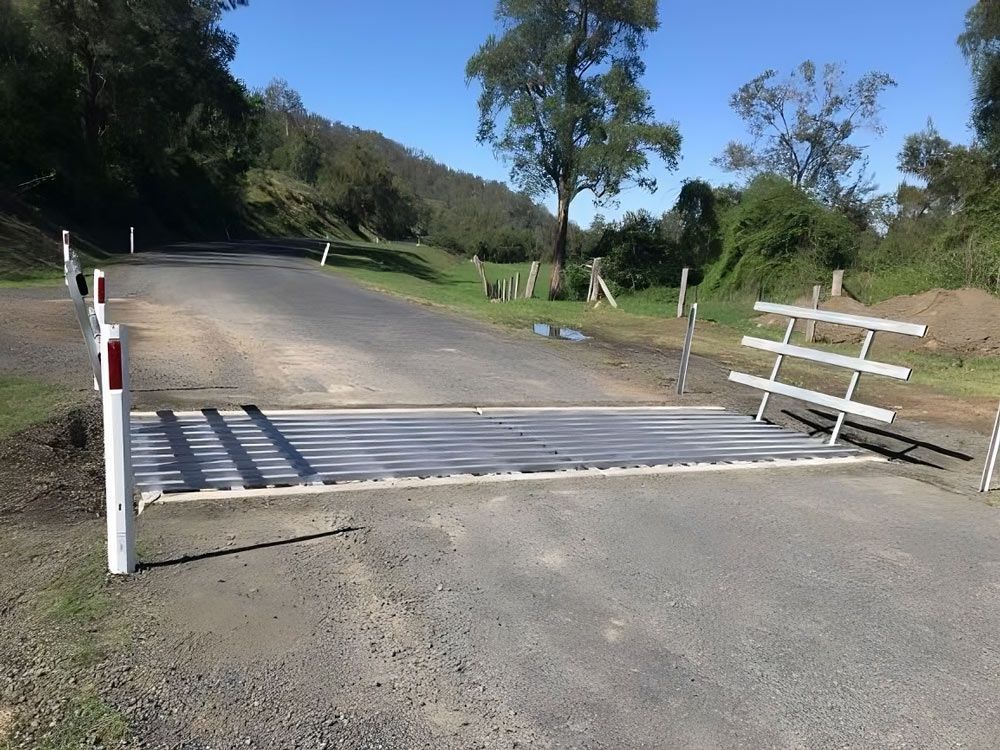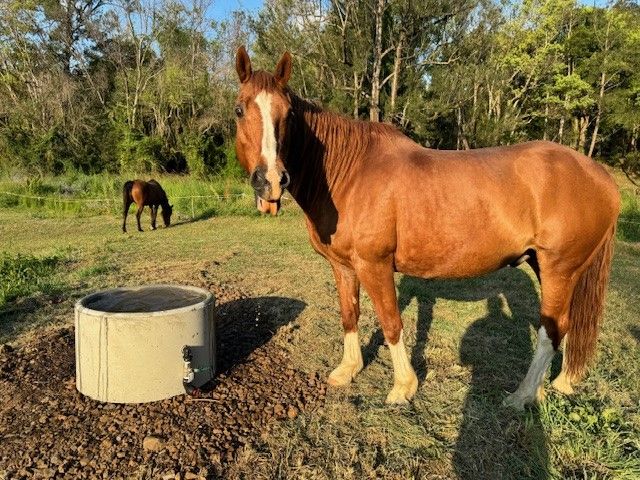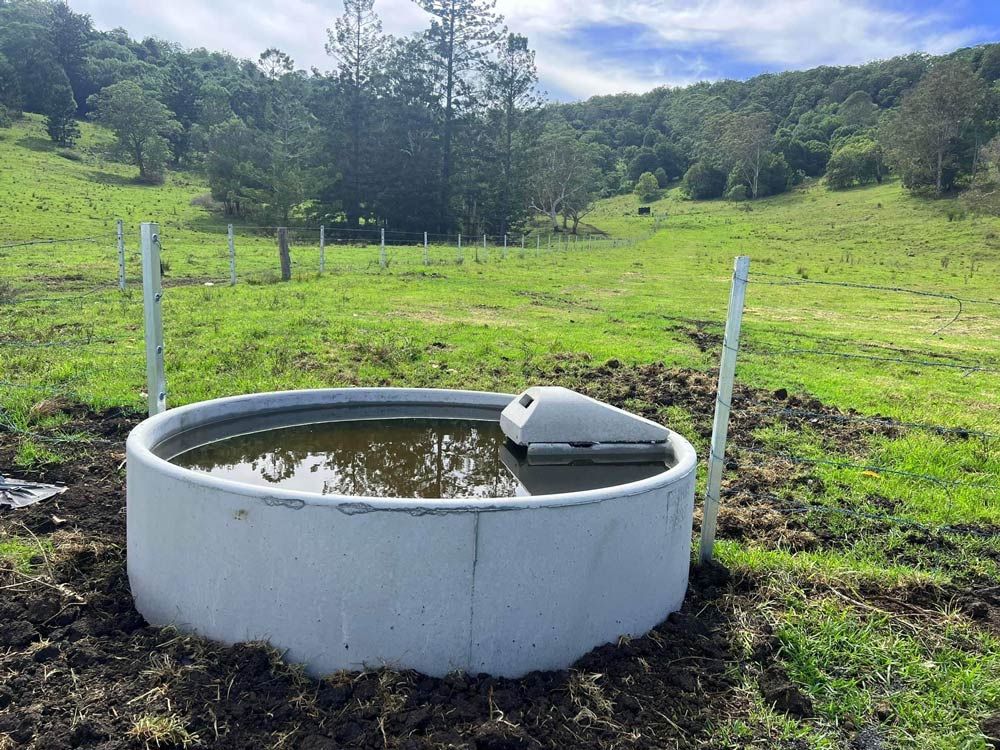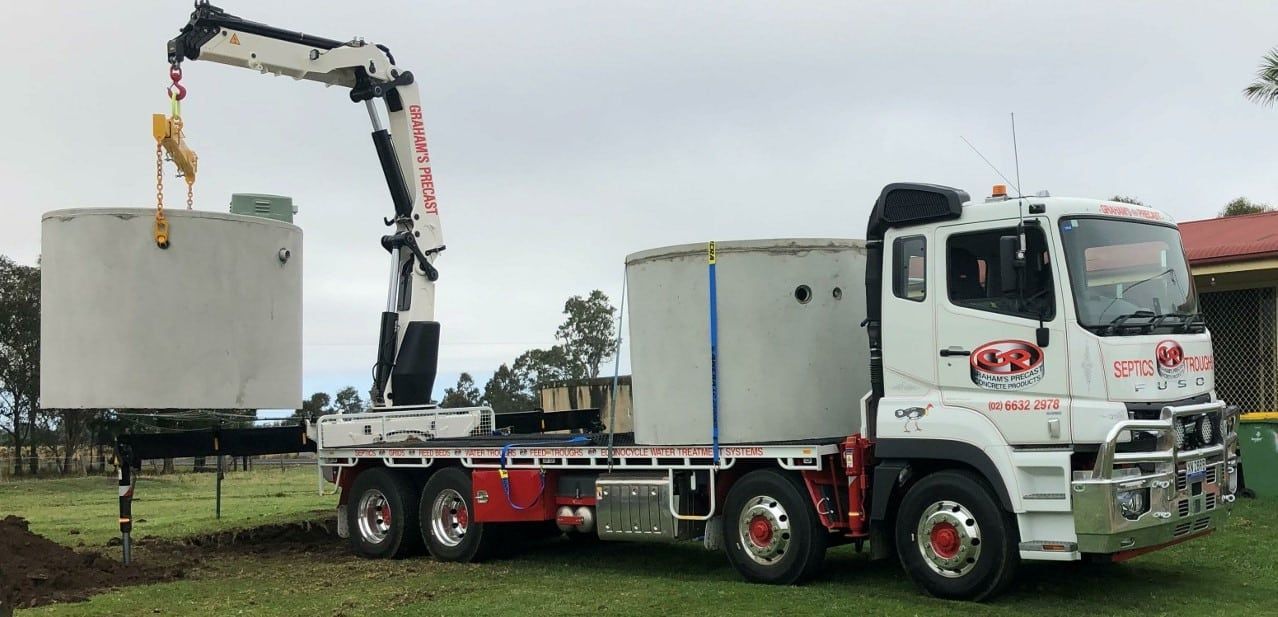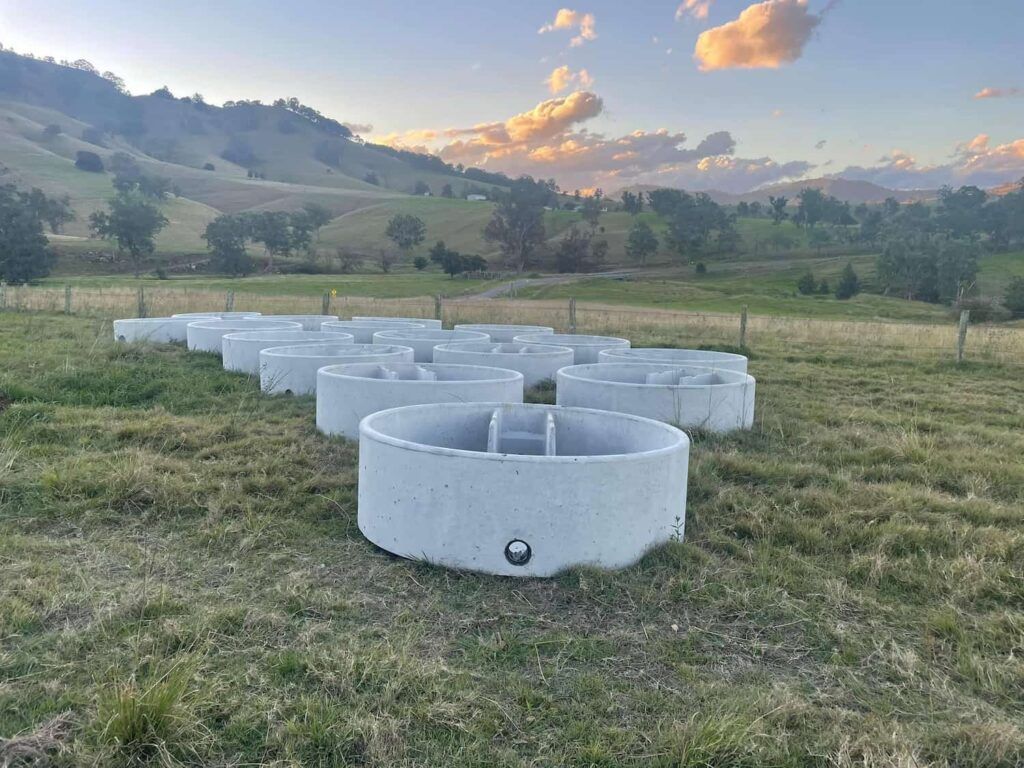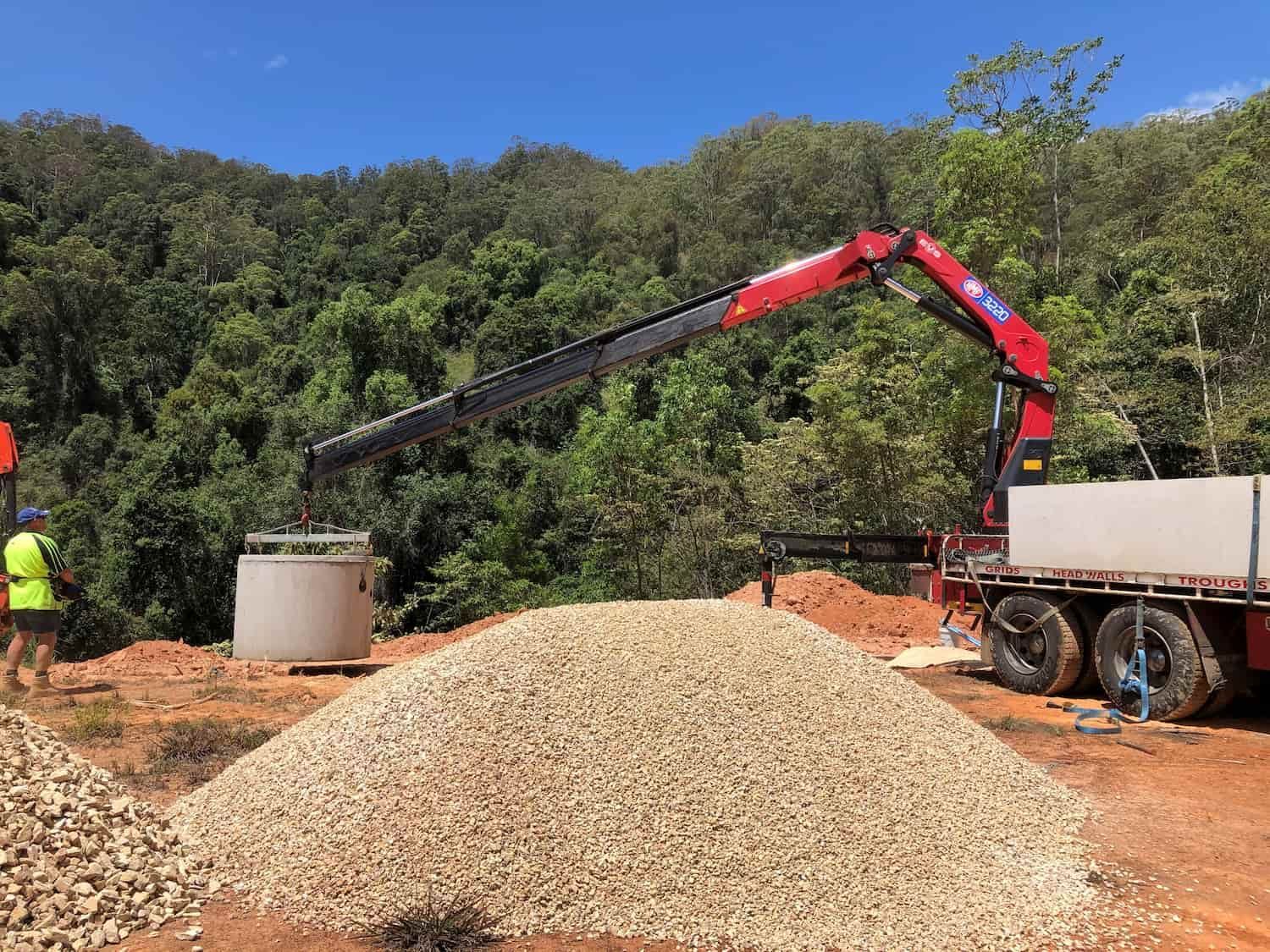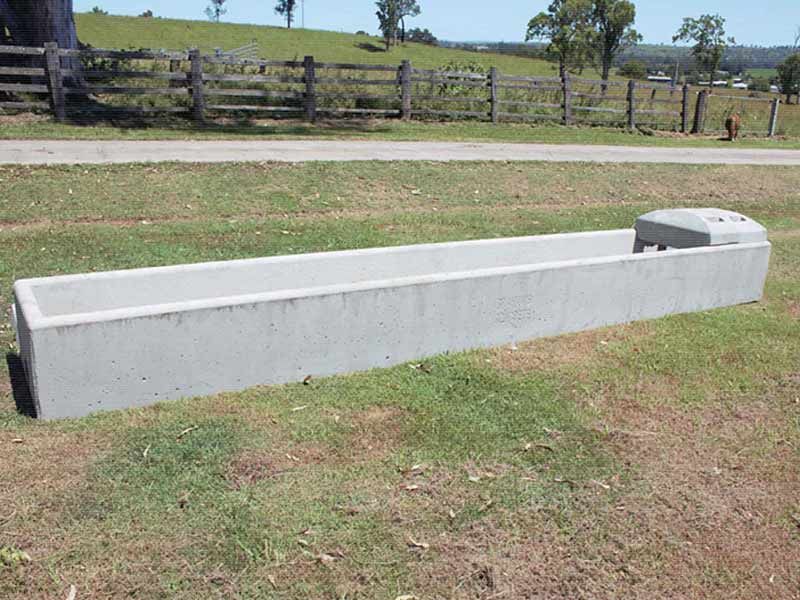How To Stop Algae Growth in Water Troughs
Five top tips to stop algae growth in water troughs
Algae growth in a water trough doesn’t just give the water an unpleasant taste, if cattle ingest the algae they may become seriously ill, or even die. To keep your animals in top condition, it’s vital to ensure that troughs remain clean and algae-free. Detailed below are our five top tips for ensuring your troughs stay in top condition, all-year-round.
Regularly clean the trough
Ideally, troughs need to be cleaned regularly (at least every two weeks)in order to minimise the risk of algae build-up. If possible, empty the tank, then scrub it thoroughly with a scrubbing brush, using a weak bleach solution and rinsing thoroughly. The tank should then be refilled with fresh water.
If a tank hasn’t been used for more than week or two, the water needs to be drained, the tank cleaned, and the water replaced before animals can use it safely.
Reduce the temperature of the tank
Algae need warmth and light to grow. Restrict sunlight by locating the tank in a shady spot if possible. Shade will help to reduce the water’s temperature; a further drop in temperature can be achieved by opting for a concrete tank, rather than a plastic one. Concrete is a poor heat conductor, ensuring water stays at a lower temperature for longer.
Reduce the level of nutrients in the water
As well as light and warmth, algae also need nutrients to thrive. These are usually provided by soil, foliage and waste which fall into the tank from the animals. These measures can all help to reduce nutrient levels:
- Invest in a tank that's designed so that animals can drink from it, without being able to rub up against it (and potentially contaminate it with urine and/or faeces.
- Ensure that animals aren't grazing on soil that's sparsely covered. Grazing on bare ground leads to increased amounts of soil being deposited in the water trough.
- Consider using barley straw as an anti-algae agent. Since the 1990s, research has been carried out that shows decaying barley straw uses nitrogen from the water, reducing the nutrition available to algae. Similarly, ferric alum can be used to reduce the amount of phosphorous in the water.
Inspect troughs daily
Regular, preferably daily, inspection is a good way to spot any early warning signs that the water contains algae. Prompt water testing can then be used to establish if blue-green algae (the toxic sort) is present, enabling remedial measures to be deployed.
Use a suitable algae-control agent
A range of anti-algae options are available, including the barley straw mentioned earlier. If a chemical option is utilised, extreme care needs to be taken to ensure that no traces remain before animals are allowed to use the tank. Preparations such as Cupricide and Simazine are effective anti-algae agents but can be lethal to animals if ingested.
Contact Graham’s Precast to find out more about the advantages a concrete water trough can provide with respect to discouraging algae growth.
For more information on concrete troughs, septic tanks and other precast concrete products, read our previous blog Five Reasons Why Concrete Feed Troughs Are Better For Livestock.
